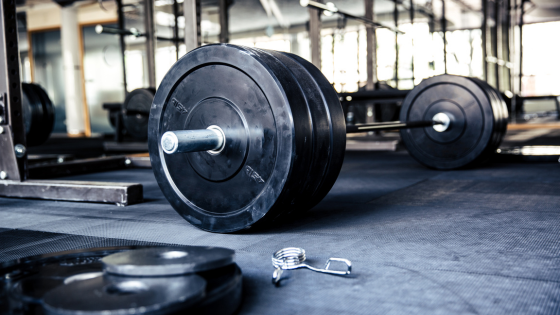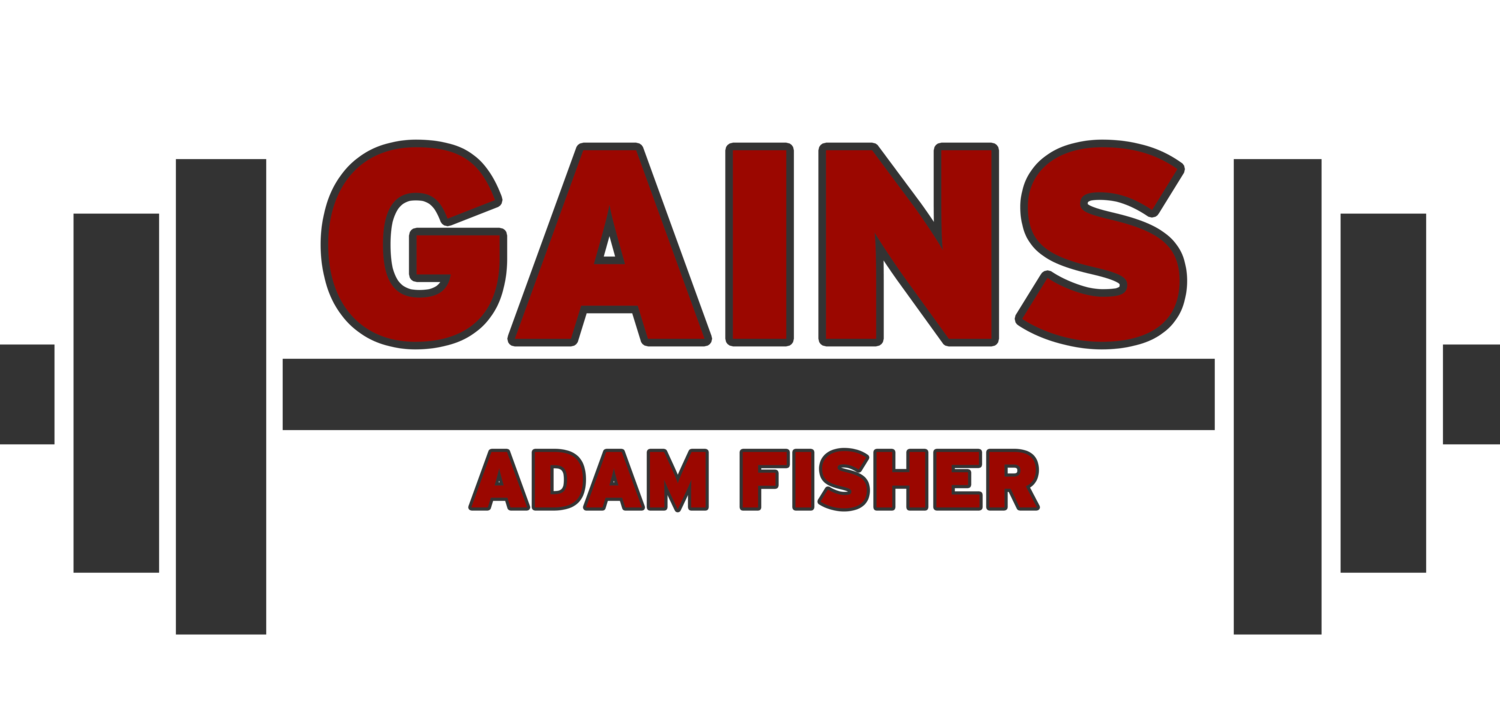

The Only Strength Program That Ever Worked
I spent a decade of training that progressed a lot slower than it could have, because it turns out that one of the first strength programs I ever tried is (still) the best program I’ve ever used. I spent a long time trying out every strength training program under the sun, only to come back to this because it kept working. Here’s what sets this program apart from the rest, and why it works so well.

Advanced Methods For Making Infinite Gains
Most exercisers struggle to progress in the long run because they select exercise progressions which are too fast, and don’t have the right understanding of how to slow down progressions as gains slow down naturally over time. Linear periodization commonly falls into this group, and is how a lot of exercisers burn out early. In the long run, any progression can be sustainable, so long as you DO slow down the progression over time. In this post, I go over 3 advanced methods I use with my own workouts and with my clients to ensure that gains can progress indefinitely with minimal issue - adding volume, adding training sessions, and splitting volume up into more exercises.

Why Strength Fluctuates
Strength fluxuations are a natural part of training and aren’t necessarily a sign that you’re not getting stronger or something is wrong with your training program. As long as there remains an upward trend over time, you’re good! Stress, sleep schedule, recovery time, and how much you’re eating can all effect how strong - or not - you are on any given day. Disrupted training, like going on vacation or being sick, can also cause a dip in strength, but these setbacks are usually minor and getting back to your pre-break levels happens relatively quickly. The changes in strength can often be small numbers, too small to be noticed when the minimum weight you add is at least 5 pounds. The use of smaller fractional plates help make the flucuations in strength more clear.

Optimal Pectoral Size Training
There are different strategies for training pectorals depending on if your goal is size, strength, or a combination of both. In general, the muscles in the upper body recover more quickly, meaning that you can/should train those lifts more frequently. The pectorals benefit from exercises that push wider ranges of motion - which is why the barbell bench press isn’t the ideal exercise for increasing pec size. Paused reps, “squeezing,” and slow, deliberate movement are key. Inclines and variations are also important to target all of the pectoral muscle fibers. Be sure to include horizontal presses, vertical presses from below, and the incline fly.

Can We Target Individual Muscles?
Different exercises for the same muscle groups do work muscles differently, but not in the hyper specific way that people think it’ll tighten, lift, or radically create muscle growth. Variety in exercises to make sure the entire muscle group is strengthened can be incorporated into workout routines, but more variety doesn’t mean better/more gains. If you have a good program with a little bit of variety, it’s more important to focus on consistency and adding weight over time, rather than worry about tweaking exercises.
